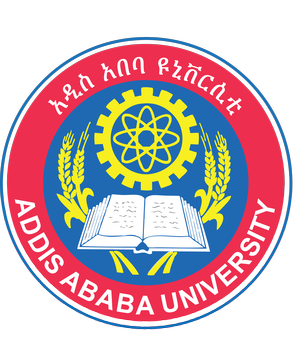Location
Addis Ababa University (AAU), which was established in 1950 as the University College of Addis Ababa (UCAA), is the oldest and the largest higher learning and research institution in Ethiopia. Since its inception, the University has been the leading center in teaching-learning, research and community services.
Beginning with enrollment capacity of 33 students in 1950, AAU now has 48,673 students (33,940 undergraduate, 13,000 Master’s and 1733 PhD students) and 6043 staff (2,408 academics and 3,635 support staff). In its 14 campuses, the University runs 70 undergraduate and 293 graduate programs (72 PhD and 221 Masters), and various specializations in Health Sciences.
Over 222,000 students have graduated from AAU since its establishment.
Members:
Resources
Displaying 1 - 5 of 20Milk handling practices and consumption behavior among Borana pastoralists in southern Ethiopia
Background
Safety and wholesomeness of milk intended for human consumption are influenced by various interlinked factors. However, information on what these factors are, especially in the pastoral traditional communities of Ethiopia, is largely lacking. The objective of this study is to assess the hygienic milk production, processing and consumption practices, and behaviors of Borana pastoralists.
Guide for training of pastoralists (women) in Borana Zone, Oromia Region, Ethiopia on good milk production, handling and processing practices and prevention of the transmission of milk-borne zoonotic diseases
Determinants of diarrhoeal morbidity: The case of children under five years of age among agricultural and agro-pastoralist community of southern Ethiopia
Background: Diarrhoea is a leading cause of morbidity and mortality among the under-five children in low-income countries. Despite improvements in water and sanitation coverage, studies show that diarrhoea is still a major public health problem in Ethiopia. This study was designed to determine the magnitude and risk factors of diarrhoea in the agricultural and agro-pastoralist communities of the rural Sidama zone, Southern Ethiopia. Methods: a cross-sectional study was conducted in July 2013. Interview and questionnaire were the main data gathering instruments used in the study.
Collective action for irrigation water management
Transcending landscapes: Working across scales and levels in pastoralist rangeland governance
Landscape approaches can be subjected to mistakenly targeting a single “best” level of governance, and paying too little attention to the role that cross-scale and cross-level interactions play in governance. In rangeland settings, resources, patterns of use of those resources, and the institutions for managing the resources exist at multiple levels and scales.


